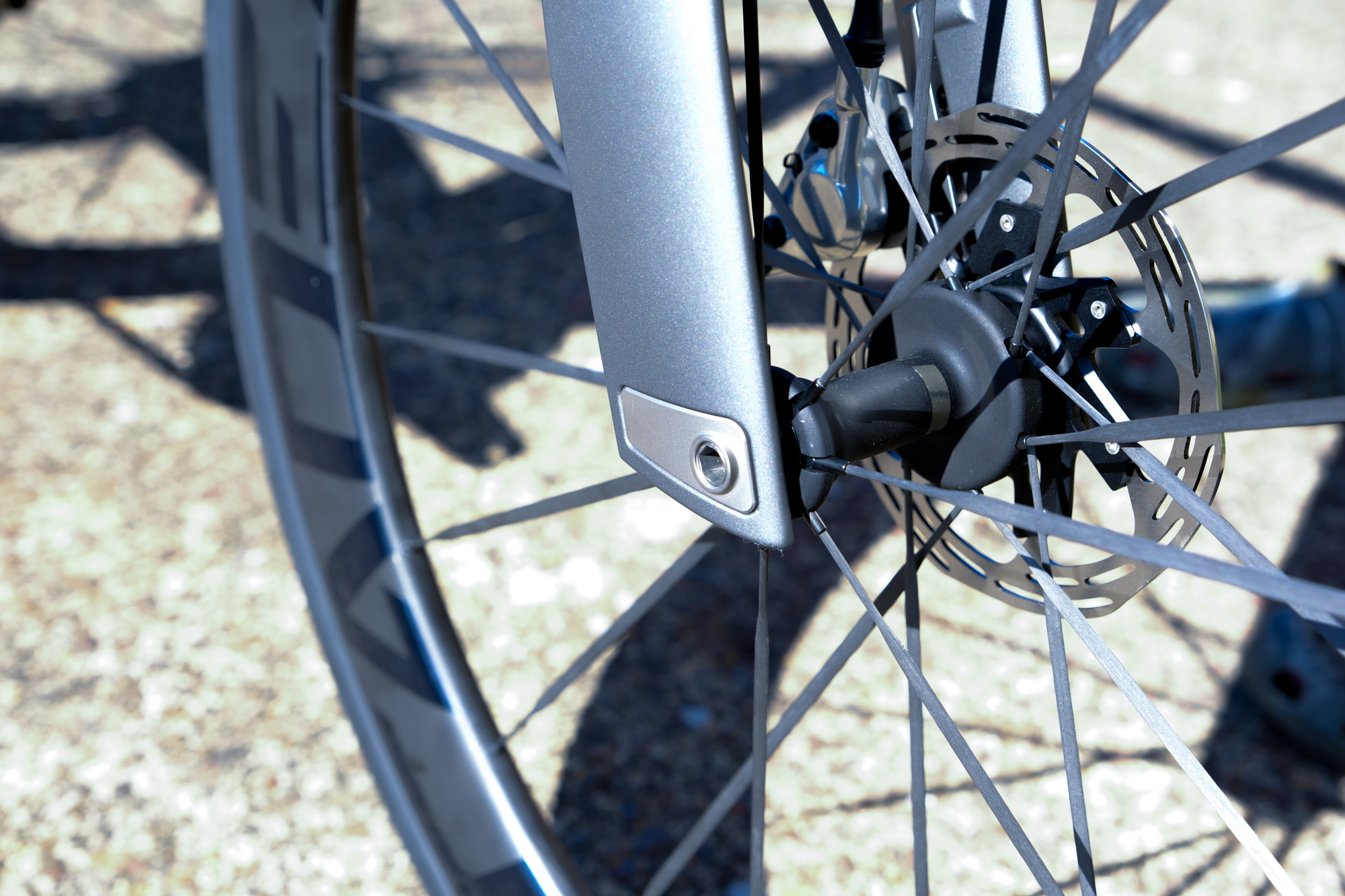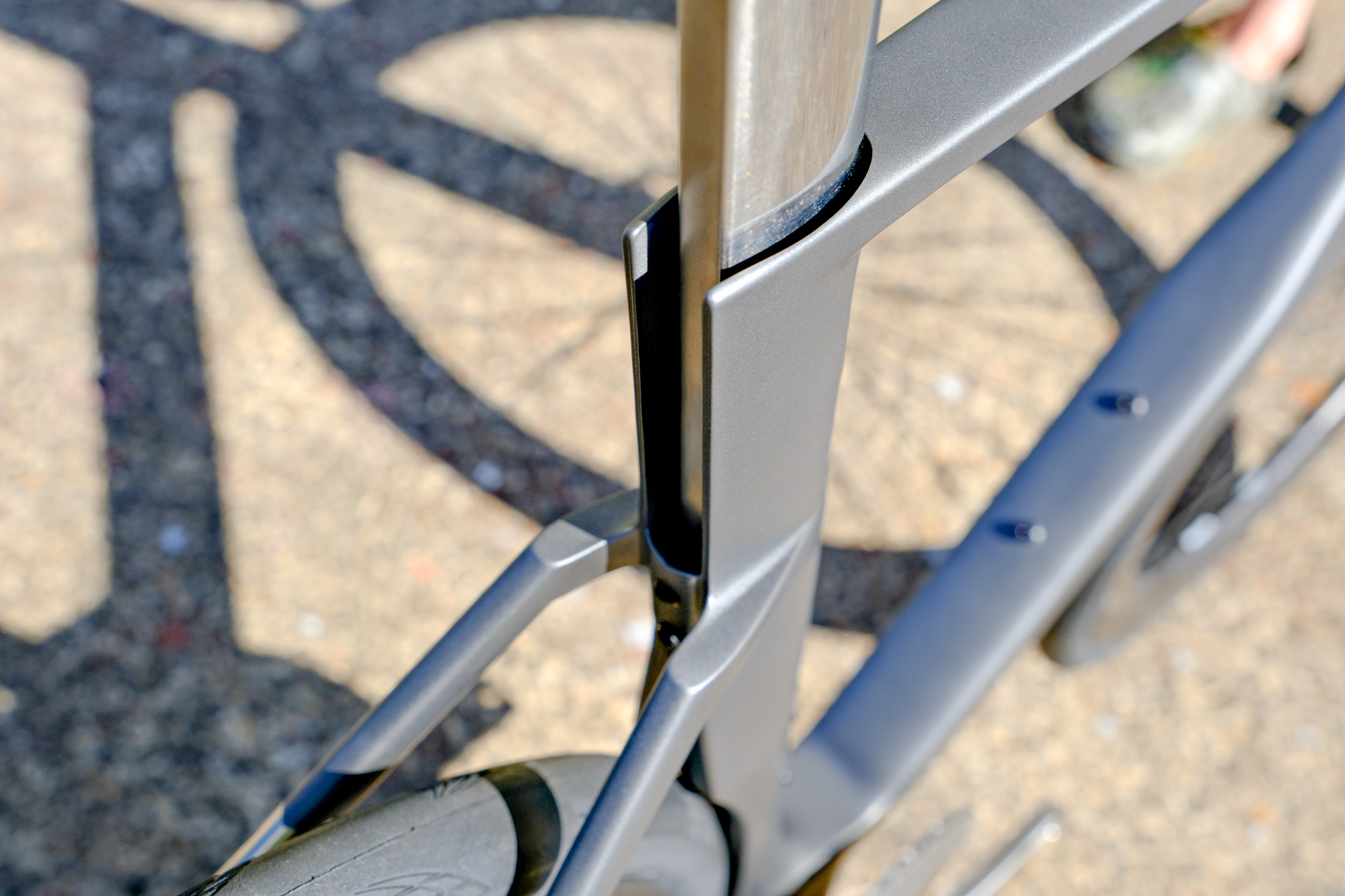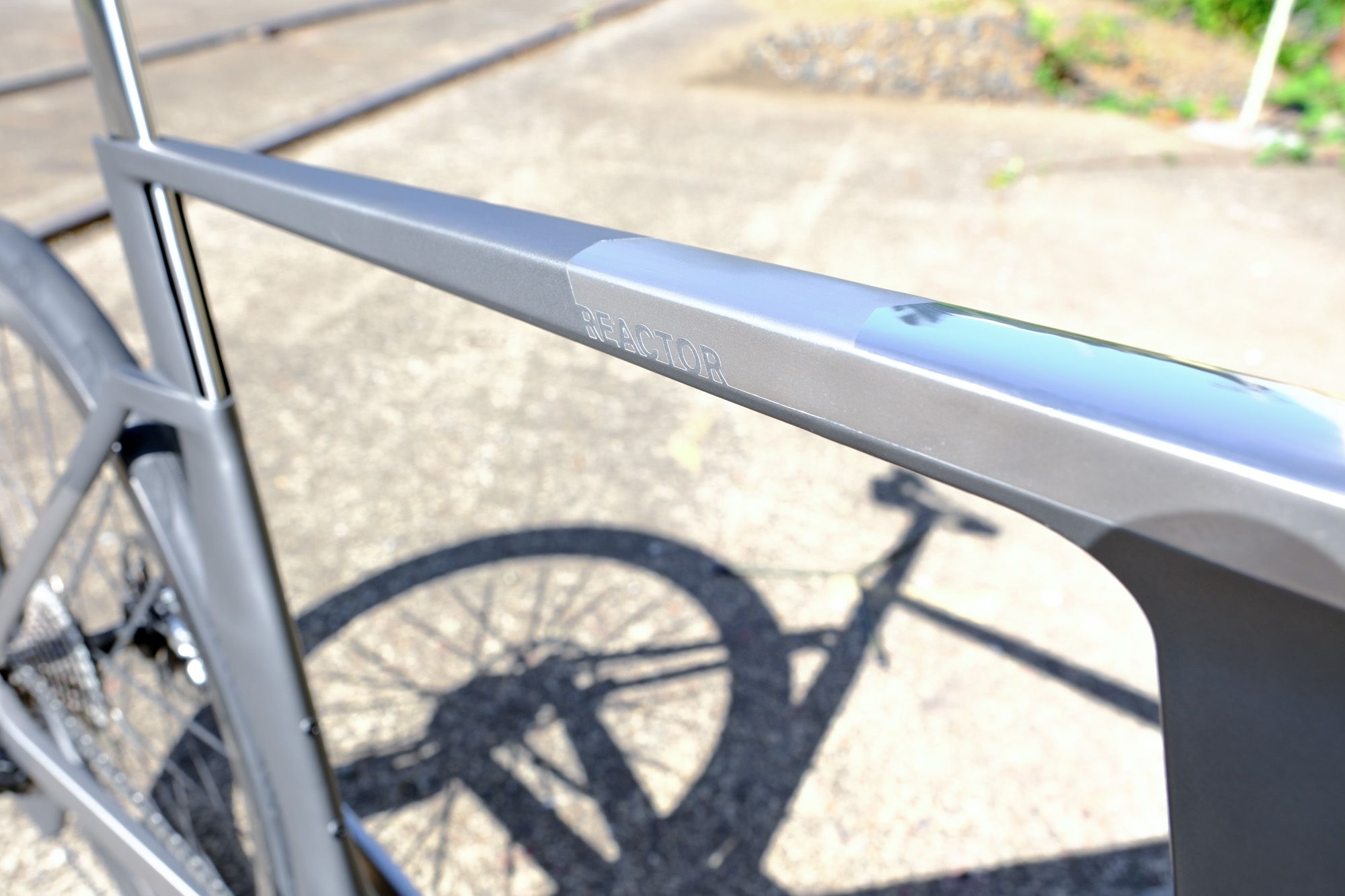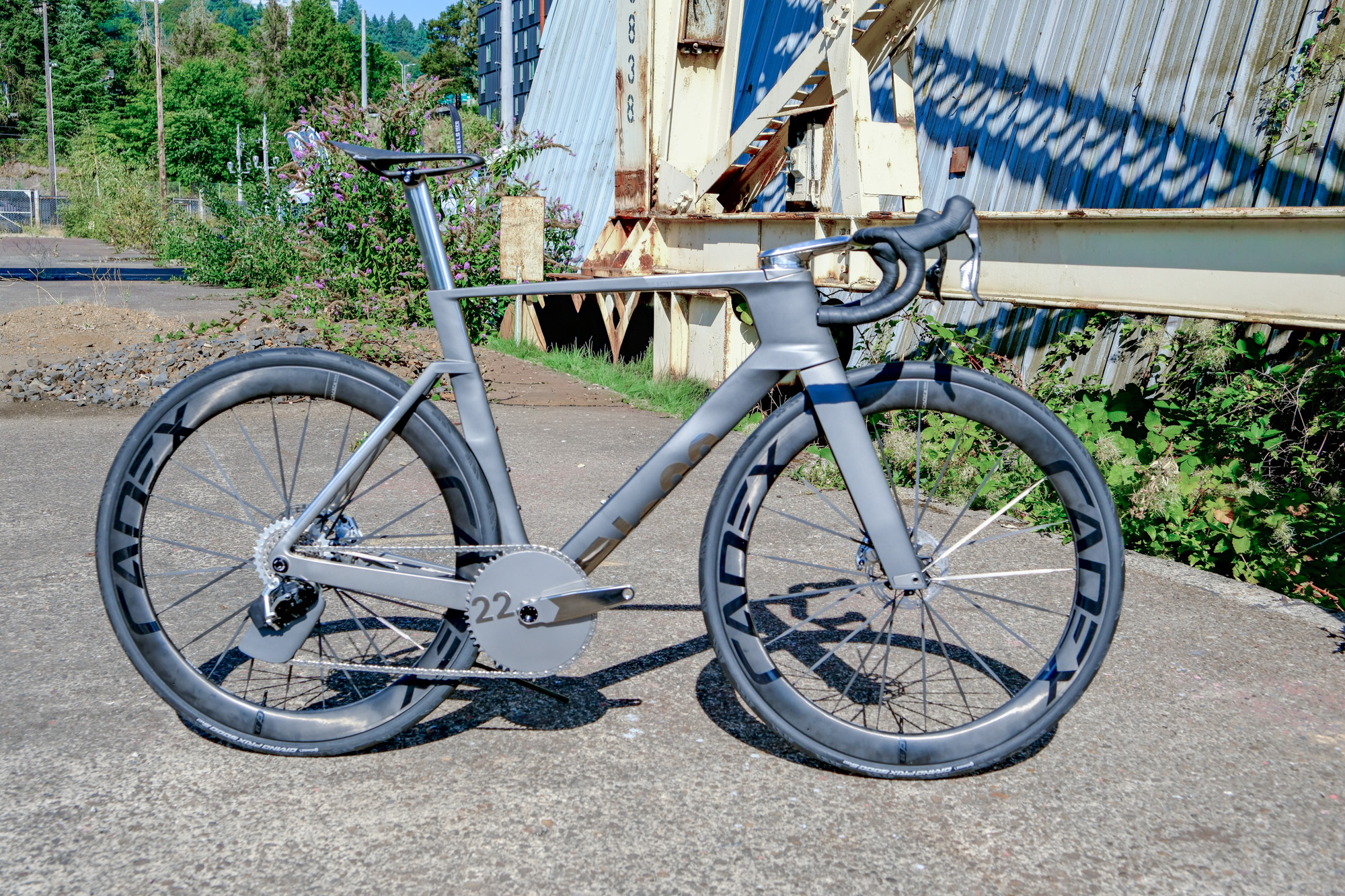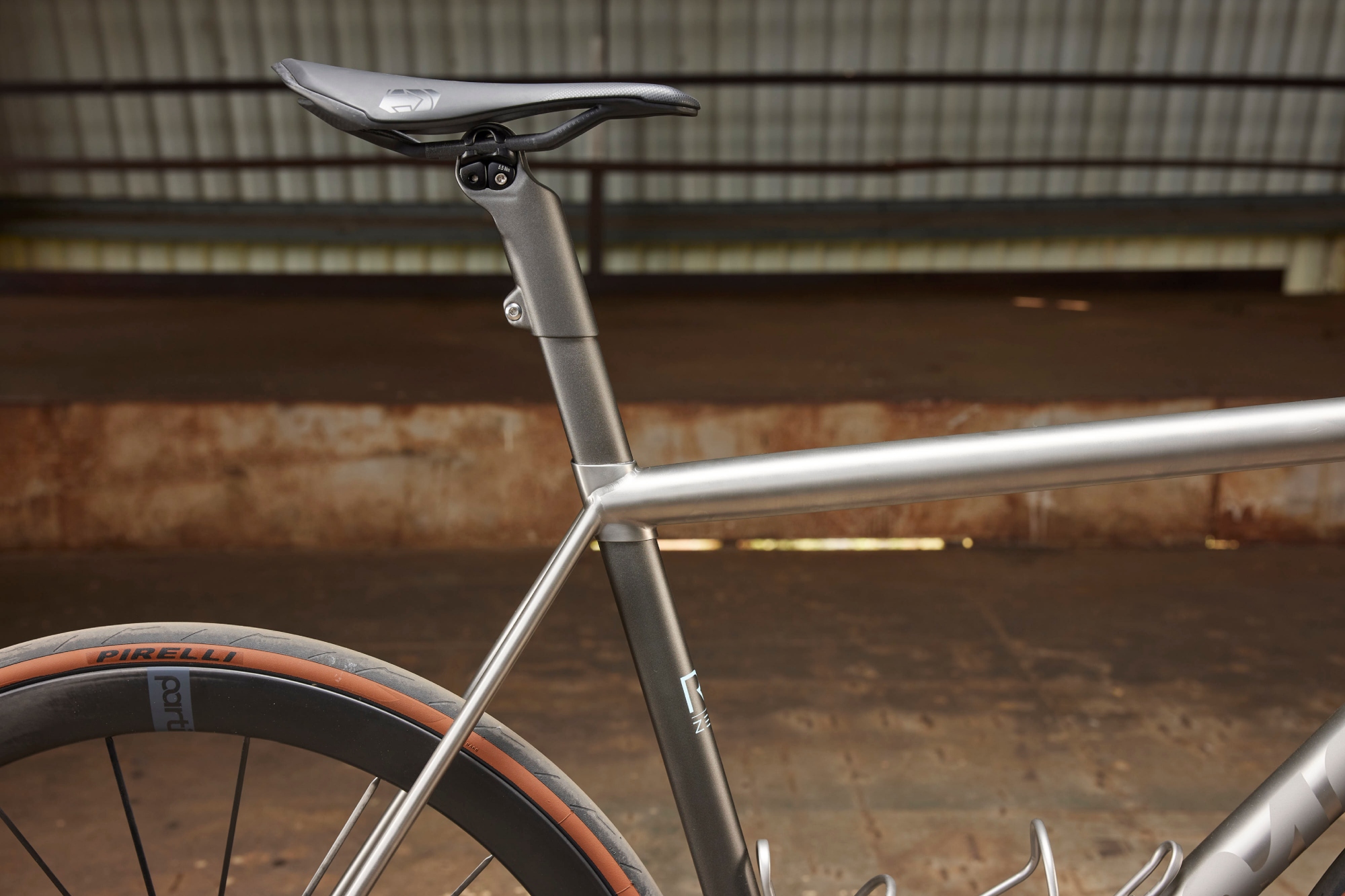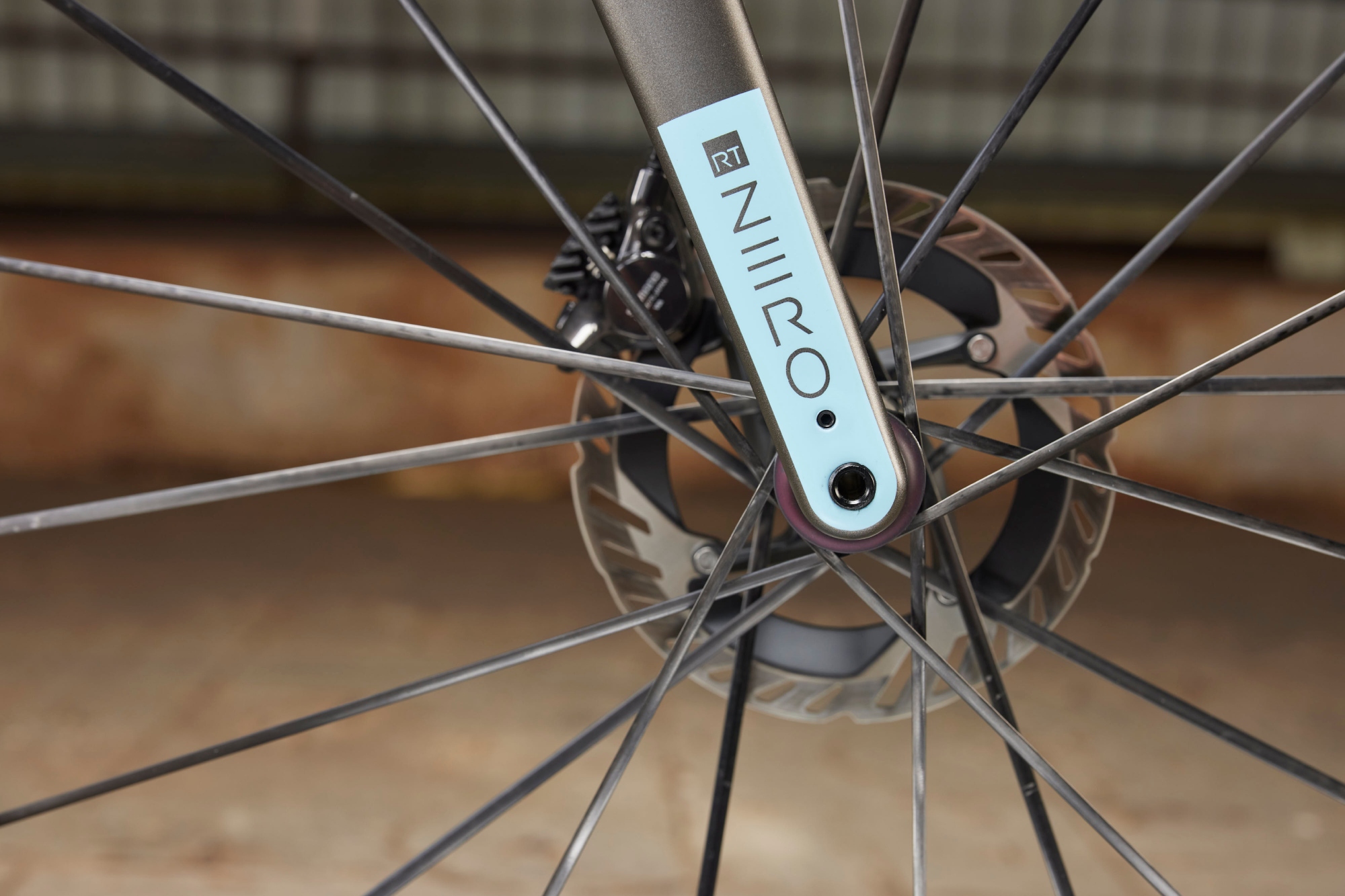This past weekend’s MADE show wasn’t just a celebration of craft, it was a glimpse into the future of titanium. Two bikes in particular stole the spotlight: No.22’s Reactor Aero, a 3D-printed titanium superbike, and Mosaic’s RT-Zero, a halo road frame built on precision machining and traditional craft.
Different philosophies, same awe factor. One leans into additive manufacturing, the other into hand-built refinement. Both push titanium to new extremes, and test just how much riders are willing to pay for the privilege.
Titanium is no longer just the “forever bike” material. At MADE this year, it became the canvas for the boldest, priciest experiments in boutique, handmade bikes. Titanium’s next chapter is here.
No.22 Reactor: Printing the Future
(Image credit: Anne-Marije Rook)
No.22’s vision for titanium is unapologetically futuristic. There are highly complex junctions born from additive manufacturing, invisible welds, aerodynamic shaping once thought exclusive to carbon, and a price tag to match its ambition. The stunning results are unlike any other Ti bikes on the market.
The New York-based brand returned to MADE this past weekend with an updated version of its audacious experiment: the world’s first truly aero-optimized superbike made from 3D-printed titanium.
Sleeker, conformed to UCI’s latest guidelines and close-to-production, V2 instantly became one of the show’s headline acts.
“In developing the Reactor Aero, we are aiming not only to set the bar for titanium frame aerodynamics but to enhance performance in all other areas as well,” said co-founder Bryce Gracey, adding that the production Reactor Aero will likely have the most efficient power transfers available on a Ti frame without losing the material’s legendary ride quality.
Gracey shared that the company has already received 45 deposits for the future bike, which is inching closer to production every day.
Since we laid eyes on the first prototype, the bike’s entire aerodynamic profile has been overhauled to meet the UCI’s latest guidelines, with the goal of applying for UCI certification.
At the cockpit, No.22 has introduced a bespoke carbon-and-titanium bar/stem combo and headset, intricately designed and machined to blend aerodynamic efficiency with titanium’s trademark strength and clever internal cable routing.
The seat tube has also been reshaped, now paired with a custom titanium seatpost that balances comfort and drag reduction in a novel way.
The most crucial change, however, is a new partnership with RAM3D. The New Zealand-based company is an industry leader in titanium sintering. Together, the two brands developed a 3D-printed “parts kit,” which includes junctions like the head tube, seat cluster and bottom bracket area. After printing, these parts will be machined, welded and aligned in-house at No.22’s New York facility.
When asked about aero testing, Gracey stated that the bike will go into the wind tunnel before production to validate the brand’s computational tests, which boldly place the Aero V2 in line with some of fastest carbon race bikes on the market today.
Before production, the bike will also need to undergo structural and ride testing, and the final titanium and carbon components are also still being dialed in.
Deposits are open at $1,000, which will be applied toward the final price. Framesets are anticipated to land between $10,000 and $15,000, with an initial production run slated for late 2025.
Mosaic RT-Zero: Tradition Without Compromise
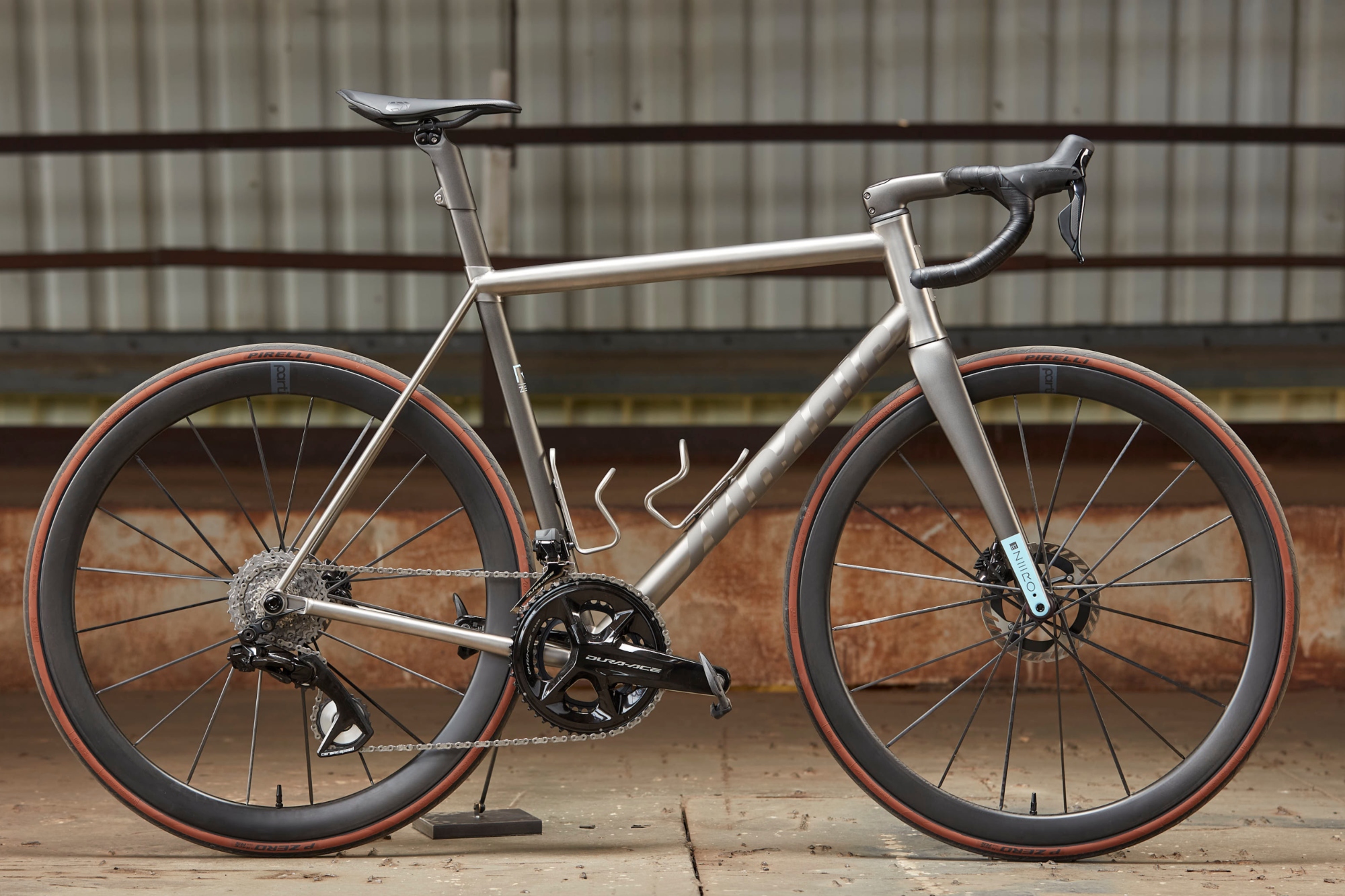
(Image credit: MADE Bike Show)
Just a few booths down the line, Boulder-based Mosaic Cycles was making a very different statement with what founder Aaron Barcheck calls its “most premium product we’ve ever made.”
Internally known as Project Zero Ops, the RT-Zero isn’t just another high-end road frame, i’s a concept bike. A design-first experiment that resulted from throwing cost constraints out the window and seeing what Aaron Barcheck and his team could come up with by adding carbon in the mix.
The halo project meant to stretch the limits of titanium construction, and hints at the direction Mosaic could be heading. But rather than joining the 3D-printing wave, Mosaic doubled down on CNC machining and TIG welding.
“I really wanted to do this project without 3D printing and instead stick to using more traditional bike-making methods,” said Barcheck, citing the advantages of flexible geometries, fast turnaround times, and tight in-house quality control.
At the center of the experiment is a fully integrated, D-shaped carbon seatmast bonded into a titanium frame. Modern aesthetics aside, the seatmast allows the builders to finely tune the bike’s ride quality, shave weight and deliver improved performance.
Mosaic’s signature double-butted titanium tubes have advanced to an even thinner wall, reducing weight without sacrificing the snappy ride quality its bikes are celebrated for.
Paired with CNC-machined junctions, one-piece titanium dropouts, an oversized IS52/IS2 head tube, T47 bottom bracket, and fully internal routing, the RT-Zero blends cutting-edge integration with the traditional craftsmanship that defines Mosaic.
Only 25 RT-Zero framesets will ever be produced, each priced at $11,000 and delivered with an ENVE one-piece cockpit, carbon mast, Mosaic’s hand-finished topper, and fork. For those going full dream build, complete bikes will run $20,000–$24,000.
And yet, Mosaic insists this isn’t about exclusivity.
“This is the most premium product we’ve made, but the real value is in what trickles down to the rest of our bikes,” Barcheck said.
While only a handful of riders will ever own the RT-Zero, its influence will ripple through Mosaic’s core lineup. Expect to see features like internal routing, aesthetic refinement, and ride-tunable integration migrate into the RT-1 and beyond.


